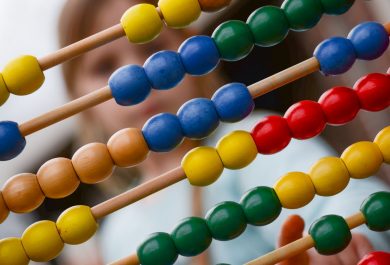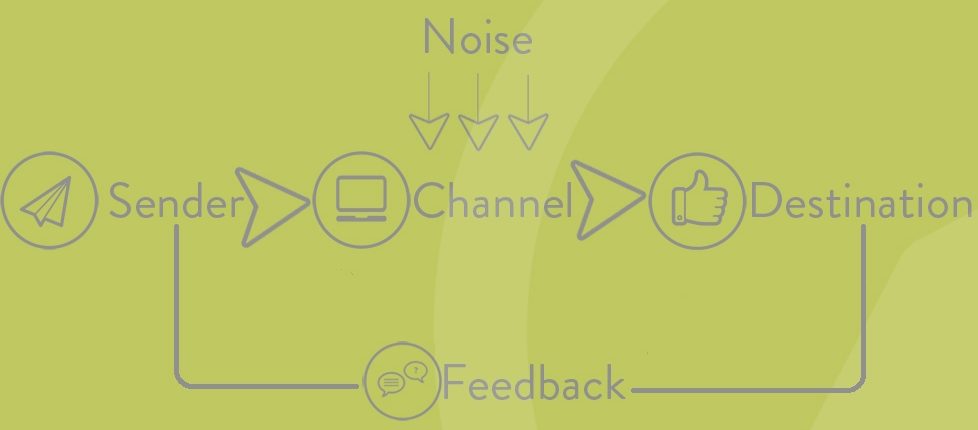The Importance of STEM Education
STEM – Science, Technology, Engineering, and Mathematics – is the field that helps children learn how to program, make codes, and understand technological devices. We at Nobel Explorers focus on these STEM activities in our projects.
Why the focus at NE and in today’s world in general on STEM, and why has it become so universally discussed? Here we’ll list the most important reasons why STEM is so valuable and why STEM education for children should be in the forefront of the learning process.
We need more people in STEM
Statistics tell us there are currently more than a million job vacancies in the STEM industry, while at the same time only 16% of college students graduate in STEM fields or subjects [2].
Demand for STEM jobs increased three times between 2000 and 2010, and continues to grow [4], with many new fields and professions emerging each day. With advances in artificial intelligence, millions of jobs are now vacant [5]. So clearly, STEM is the key to the careers of the future and it needs many more participants.
But it must be noted that there is more to IT professions than just computer science and data mining. In this competitive labor market, people who know math and science have better employment chances – for example, this knowledge and skill set are necessary to win IT positions in Silicon Valley [1]. That is why we should not undervalue math or science and only focus on technology or engineering. We need to learn all STEM fields together and see them as equally important.
We need to better prepare children for college – and for the STEM field in general
Research show horrifying statistics – 78% of high-school graduates have been proven unprepared for college courses, including courses in mathematics, science, reading, and English [4].
Better STEM education before the college level will encourage students to enroll in these courses there, and perhaps decide to pursue a career in related fields. Moreover, they’ll be more confident about their studies in general and far less likely to drop out.
Keep in mind that there are some non-degree STEM jobs – pharmacy technicians, veterinary assistants, computer support specialists, registered nurse, air traffic controller, etc. The focus should not only be on students who plan on getting a Bachelor’s degree in STEM. It should be on all students who are interested in STEM and might pursue a career in it. [7]
 STEM is vital for non-STEM jobs as well
STEM is vital for non-STEM jobs as well
We must remember that STEM education also reaches beyond the classroom and although it doesn’t necessarily mean someone will end up in a STEM-related profession, scientific, technological, and mathematical knowledge is integral in today’s world to many different careers, such as journalism, museum curation, and community outreach [3].
Every job includes a financial aspect – math education can help in this. We live more and more in the digital age, so technology is important in all jobs. Even if you end up in humanities and the arts, computer skills are something you should be familiar with.
STEM is vital to understanding the basics of the environment
Yet we don’t only need STEM in our careers. So much of STEM-related knowledge can help us learn about our environment and society. In today’s world, we can understand more phenomena if we understand STEM – from the weather to technology and electricity, even to politics [3].
So, a good STEM education is not just vital for tomorrow’s Ph.D. candidates in biology or Nobel prize winners. It is vital for everyone who wants to understand the world they live in.
Making everyone mathematically and technologically literate is the goal of technology and engineering education and is why it is being addressed not only at the state level but nationally as well [5]. Teachers should never focus solely on those who have prospects to “succeed” in the STEM field and who are gifted. Their goal should be to make all children technologically and mathematically literate [6].
Minorities are underrepresented
Not only do we have a lack of women in the STEM field, but numbers prove all minorities are underrepresented. There are just 2.2% of Latinos, 2.7% of African Americans, and 3.3% of Native Americans earning a college degree in STEM fields [4].
The fact that these minorities are not enrolling in STEM courses in college means they will have difficulty qualifying for STEM-related jobs. They will not be eligible for good positions and well-paying employment. If we continue to work on universal STEM education and provide a welcoming environment for all minorities, we will be enabling them to qualify for higher-ranking, well-paying jobs [4].
“SCIENCE is a way of thinking much more than it is a body of knowledge. Its goal is to find out how the world works, to seek what regularities there may be, to penetrate to the connections of things—from subnuclear particles, which may be the constituents of all matter, to living organisms, the human social community, and thence to the cosmos as a whole.” – Carl Sagan
STEM sparks general creativity
Studying STEM-related subjects can broaden the horizons of the mind. If you learn to think in a scientific way, you will learn the techniques of trial and error. The key is solving problems creatively, of questioning things, seeking the truth, and always be eager to explore more about how things work. Children should learn these things. That is why children should study science and its way of thinking.
In order to be a good scientist, you need to be creative and imaginative. And while the arts and imagination are often set aside as not that important for children, it is a great thing to know that by learning STEM, a child also practices these aspects of their thinking [6].
Good STEM education must not be boring, simplistic, and focused only on the pure facts of mathematics or science. It should be multidisciplinary, incorporating other skills and geared towards all children, so they can learn and enjoy.
[1] https://www.datanami.com/2018/09/17/improving-your-odds-with-data-science-hiring/
[2] https://coderacademy.edu.au/blog/people/why-is-STEM-education-important
[3] Neal, Homer A, Smith, Tobin L. and McCormick, Jennifer B. 2011. Beyond SPUTNIK – U.S. Science Policy in the Twenty-First Century. The University of Michigan Press: Michigan.
[4] https://ssec.si.edu/stem-imperative
[5] https://www.theverge.com/2017/12/5/16737224/global-ai-talent-shortfall-tencent-report
[6] Chesky, Nataly Z. and Wolfmeyer, Mark R. 2015. Philosophy of STEM Education: A Critical Investigation. Palgrave MacMillan: New York.
[7] https://stemjobs.com/dont-require-a-bachelors-degree/


 Listening to others – In order for a two-way conversation to happen, one party must listen to what others have to say, processing information and understanding it
Listening to others – In order for a two-way conversation to happen, one party must listen to what others have to say, processing information and understanding it
